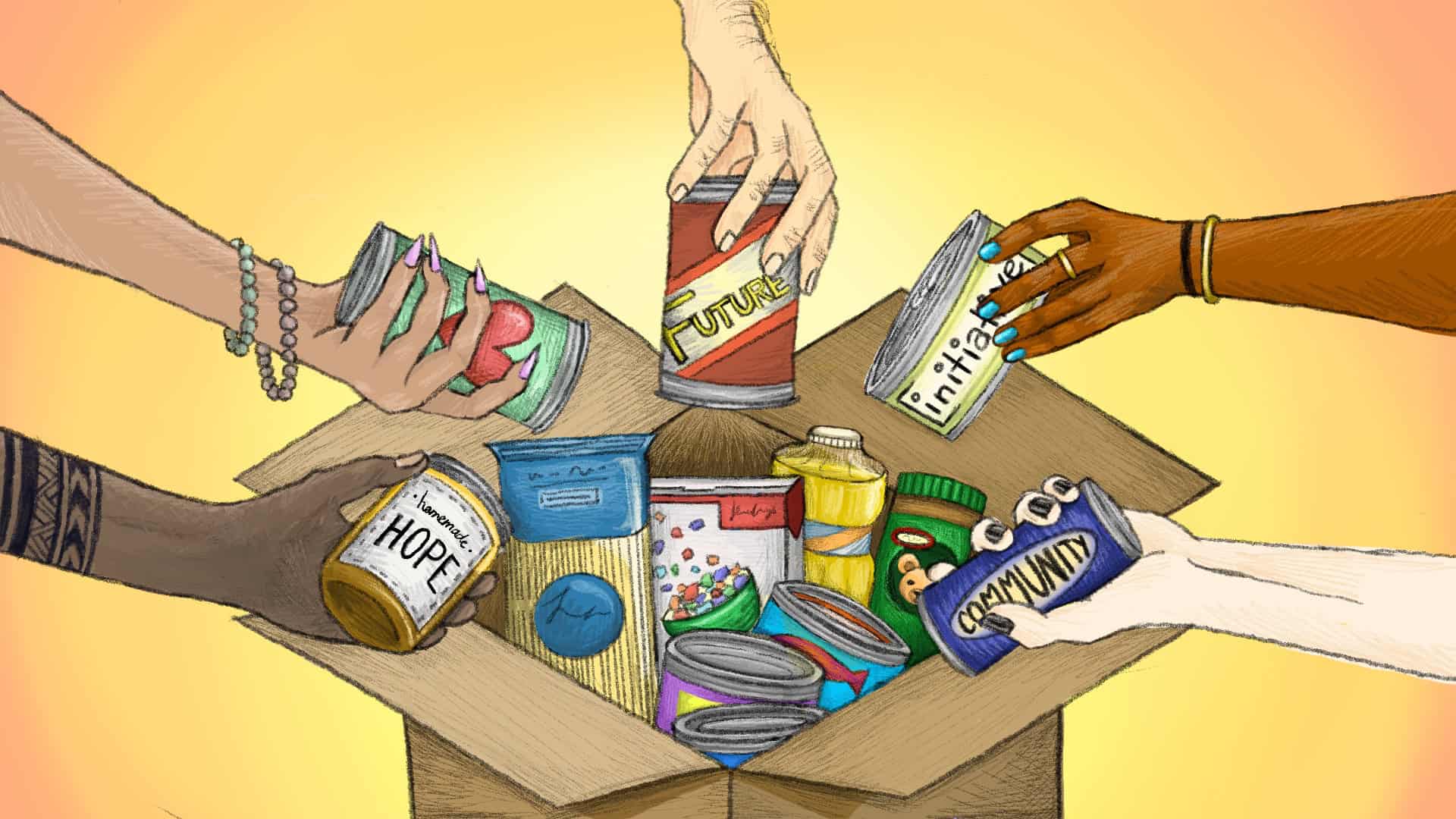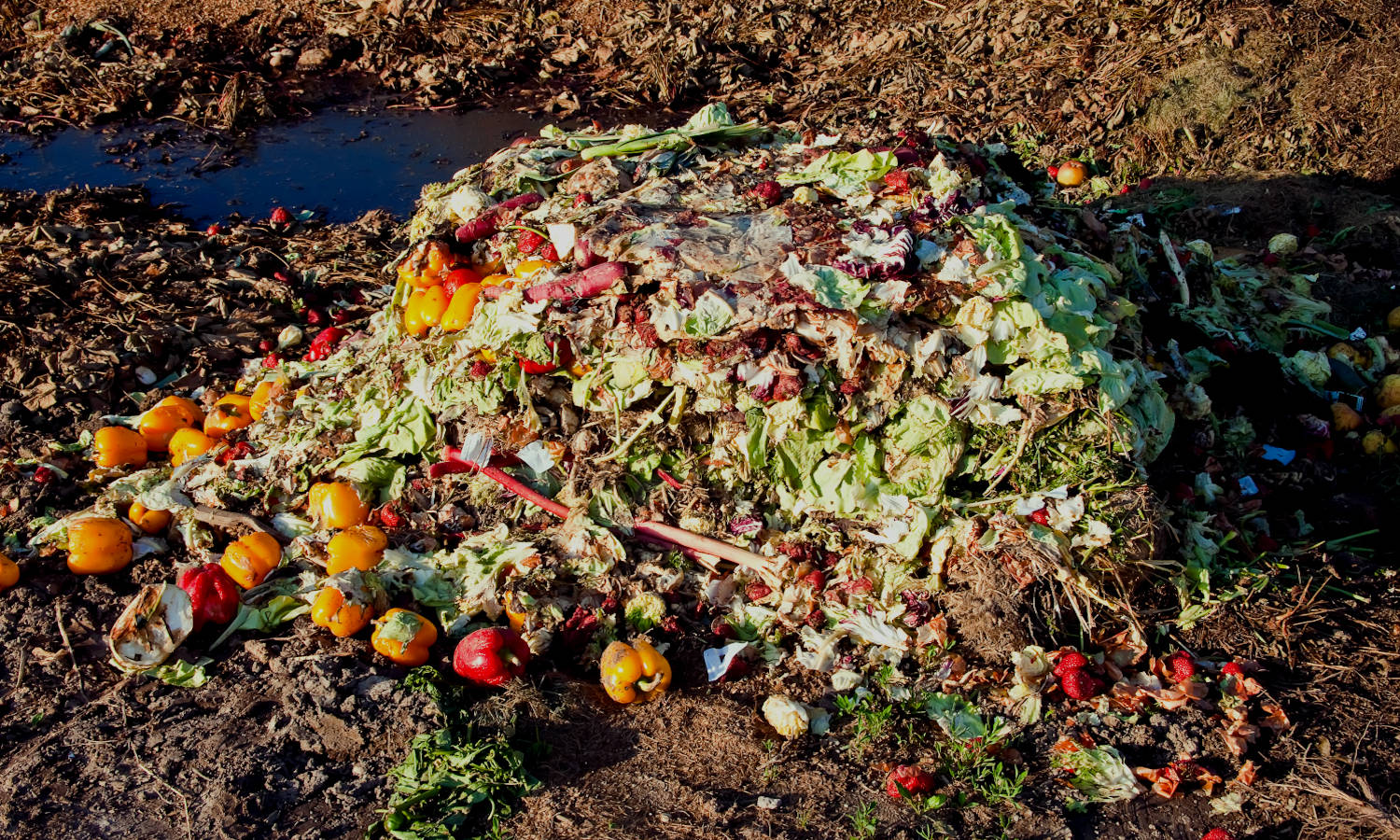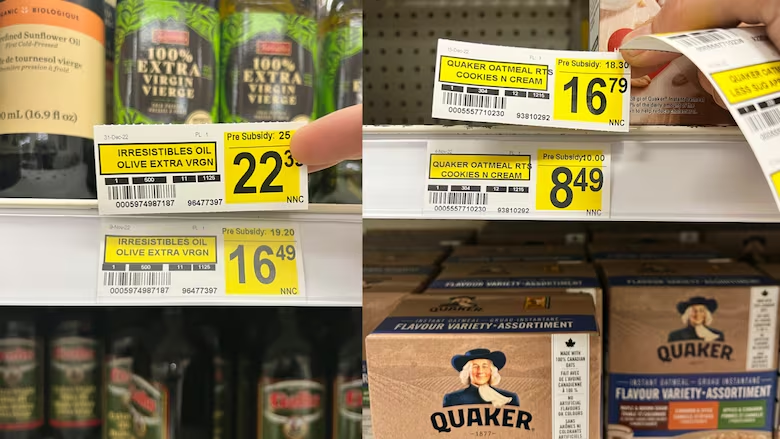Pioneer
Creative
Community
corder.com

Over half of Canada's post-secondary students are going hungry. With rising tuition, housing costs, and food prices, the affordability crisis has reached classrooms and cafeterias. This article uncovers the root causes of food insecurity among students, its impact, and what needs to change.
"Food insecurity isn’t just about hunger — it’s about missed classes, poor health, and broken futures."
Why Student Hunger Shouldn’t Be Normalized
Food insecurity — the lack of consistent access to sufficient, safe, and nutritious food — is quietly reshaping the lives of Canadian students.
While public attention often focuses on youth ambition and opportunity, thousands of post-secondary students face the hidden stress of deciding between food and rent, skipping meals, or relying on food banks not built to serve them.
In Fall 2021, more than 1 in 2 students surveyed across 13 Canadian universities reported being food insecure — a stark contrast to 14.6% among the general population. As tuition fees, rent, and food prices rise, many students are being left behind by policies that fail to meet their needs.
The Scale of the Crisis
According to the 2021 National Student Food Insecurity Report by Meal Exchange:
• 41.7% of students were food insecure in the 2020–2021 academic year.
• 56.8% of students were food insecure by Fall 2021.
• 20.7% experienced severe food insecurity — meaning they frequently skipped meals, relied on only a few low-cost foods, or went an entire day without eating.
The 2023 Food Security Report from Conestoga College showed an even more severe trend:
• Nearly 9 in 10 students were food insecure.
• 60.7% were classified as severely food insecure.
• 12% increase from the previous year.
“This isn’t just about hunger. It’s about dignity, mental health, and the right to learn without being starved.”
— Conestoga Students Inc., 2023
Who Is Being Left Behind?
Food insecurity does not affect all students equally. Certain populations are especially vulnerable and face disproportionately high rates of food insecurity due to systemic and structural barriers. According to the 2021 Meal Exchange report:
• 78.2% of Black students and 76.1% of Indigenous students were food insecure.
• 71.3% of international students experienced food insecurity — often due to work restrictions and ineligibility for public support.
• 68.4% of LGBTQ+ students faced food access challenges.
Older students, single parents, and those working part-time jobs while studying are also at higher risk. Many rely on credit cards, student loans, or emergency food services — often without long-term solutions.
These figures are not just numbers; they reflect students sitting in classrooms, attending lectures, and struggling silently. Food insecurity exacerbates inequality and further marginalizes already underrepresented communities.
The Mental and Academic Toll
Mental and Physical Consequences:
• 58.2% of students reported worse mental health during the pandemic.
• 38.4% struggled to maintain healthy eating habits.
• Food-insecure students were more likely to feel anxious, depressed, or emotionally overwhelmed.
Academic Consequences:
• Students reported being unable to concentrate in class or on exams.
• Some were forced to drop courses or miss lectures to work more hours or cope with food access challenges.
• Many skipped buying textbooks or other school materials to afford groceries.
What Students Say They Need
When asked how their schools and government could help, students were clear:
Top 5 Most Requested Supports:
1. Grocery gift cards (40.3%)
2. Affordable groceries on campus
3. Affordable on-campus meals/meal plans
4. Awareness of food support programs (like food banks)
5. Home delivery of affordable food boxes
Students are not just asking for charity — they want choice, dignity, and access to affordable, nutritious food.
A Call to Action
The Corder App exists to close this gap. Our platform was born from this reality. We believe no student should have to decide between eating and studying. That’s why the Farmers App is working to:
• Bring surplus produce and fresh groceries to students at group-buying prices
• Enable local farms to connect with campuses more efficiently
• Ensure that nutritious food is accessible, affordable, and reliable
Food insecurity isn’t an isolated issue — it’s a symptom of deeper affordability and access problems in our food system. Our mission is to use technology, logistics, and community to solve it.
"No student should have to choose between their education and their next meal. Let’s build a system that feeds minds and bodies."
Sources
- Meal Exchange. (2021). National Student Food Insecurity Report.
- Conestoga Students Inc. (2023). Food Security Report.
- Statistics Canada. (2020–2021). Canadian Community Health Survey.
- PROOF. (2020). Food Insecurity Policy Research.

